Mozambique: Chicamba dam forced to reduce electricity generation due to pollution
HCB financially robust, despite low water level
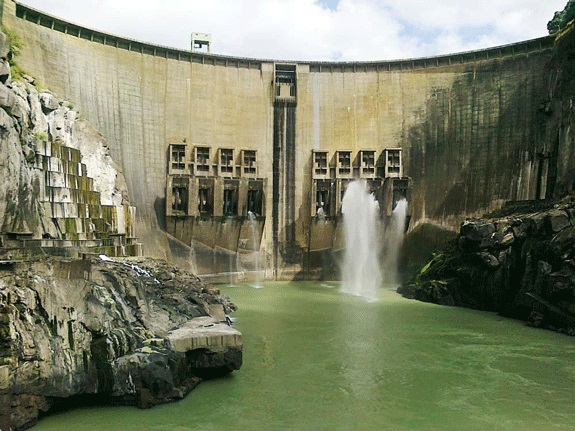
File photo
Hidroelectrica de Cahora Bassa (HCB), the company that operates the Cahora Bassa dam on the Zambezi River, made a profit of 7.2 billion meticais (about 118 million US dollars) in 2017, even though the dam could not operate at full capacity because of the low levels of water in the reservoir.
Speaking in Maputo on Tuesday at the annual meeting on HCB’s performance, Moises Machava, the company’s technical director, explained that would he described as a “cyclical drought” had in 2016 reduced the amount of water held in the reservoir to 41.8 per cent of the optimum amount.
In December 2016, the elevation of the reservoir had fallen to 312.22 metres above sea level, the lowest recorded since the construction of the dam. There was a significant recovery in 2017, and by the end of the year the elevation had reached 317.69 metres (which is still way below the elevation of 326 metres regarded as necessary for normal operation)..
The HCB management judged the elevation was not sufficient enough to keep the dam operating at full capacity, and took one of the five giant turbines (each capable of generating 415 megawatts) out of service.
HCB hopes that the recovery in the level of the Zambezi will continue throughout 2018, and that by the end of the year the elevation will reach 320.12 metres. But the company intends to operate only four turbines throughout the year.
HCB generated 13,778 gigawatt-hours of electricity in 2017. This is more than the initial target of 12,906 gigawatt-hours, but less than the amount generated in the previous four years (which reached a peak of 16,978 gigawatt hours in 2015).
When the inevitable losses in transmission are taken into account, the amount of power received by HCB’s clients was 12,491 gigawatt-hours.
The South African electricity company Eskom remains by far the largest client, taking almost 71 per cent of the power sold by HCB. Mozambique’s publicly owned distribution company, EDM, takes 24.5 per cent, and the Zimbabwean power utility ZESA 4.7 per cent.
Negotiations between HCB and Eskom took place in late 2017, resulting in a 46 per cent increase in the tariff paid by Eskom. These negotiations take place every five years – but the unit price paid by Eskom remains unknown to the public, since it is covered by a confidentiality clause in the contract between HCB and Eskom.
But the increased payments from Eskom must be the main reason for a sharp growth in HCB revenue this year. The company’s financial director, Manuel Gameiro, said that revenue in the first half of this year was 39 per cent higher than in the first six months of 2017. Operational profits have risen by 54 per cent.
“The company is continuing to generate very positive results and shows the solid resilience of its business model”, he stressed.
HCB is also meeting to the full its fiscal obligations to the Mozambican state, Gameiro said. Taxes, fees and dividends paid to the state in 2017 came to the equivalent of about 130 million US dollars.
Currently HCB has two shareholders – the Mozambican state (owning 92.5 per cent of the shares), which earned a dividend of 18 million dollars, and the Portuguese company REN (holding the remaining 7.5 per cent), which was paid a dividend of 1.6 million dollars.
HCB’s finances have been relieved by the payment in advance of the debt that the Mozambican government incurred with a Franco-Portuguese banking consortium when it purchased a majority holding in HCB from the Portuguese state in 2007. The loan of 700 million dollars, paid out of HCB’s profits, was to have been paid by December 2017 – but HCB paid it off in full by June 2016, eighteen months early.



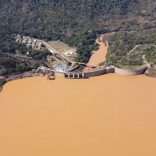
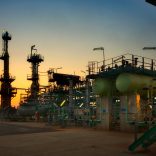


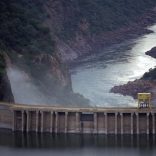
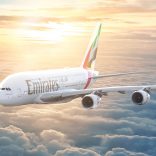




Leave a Reply
Be the First to Comment!
You must be logged in to post a comment.
You must be logged in to post a comment.